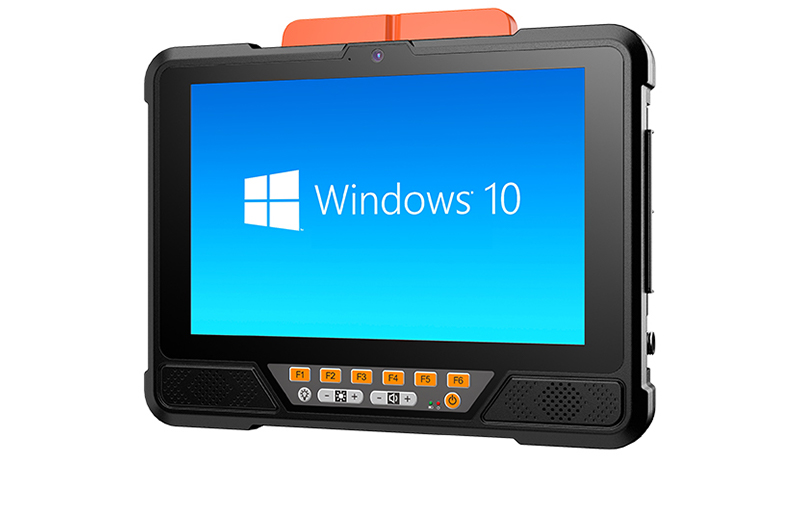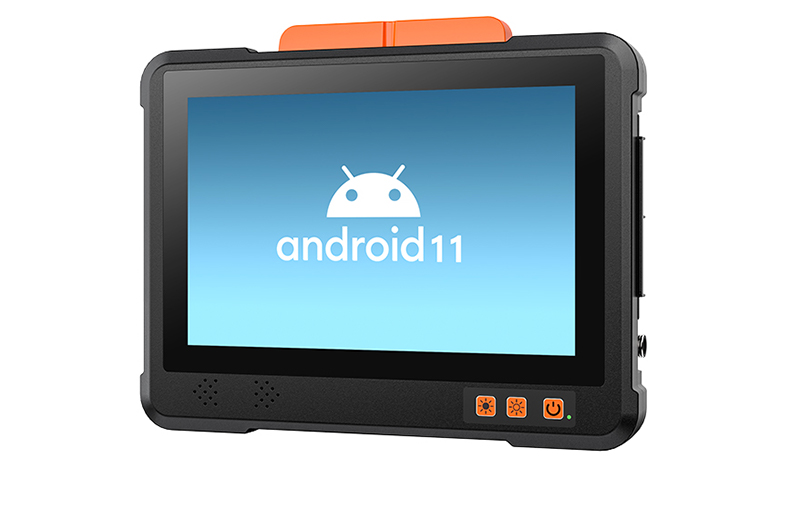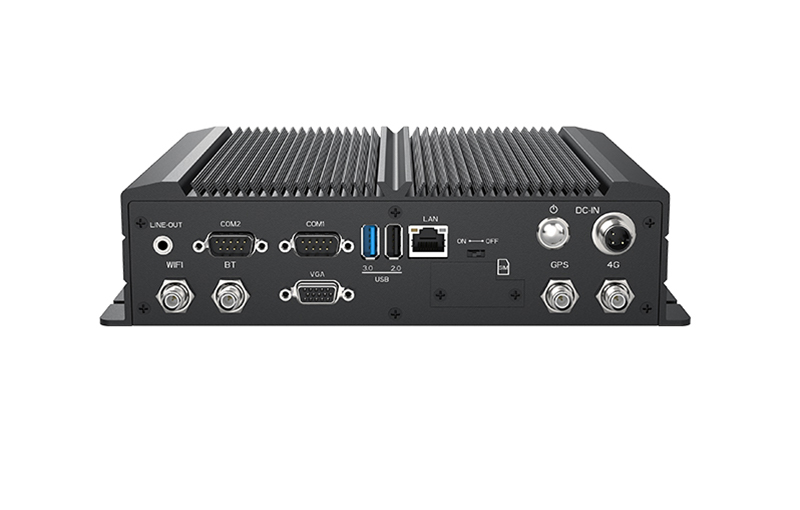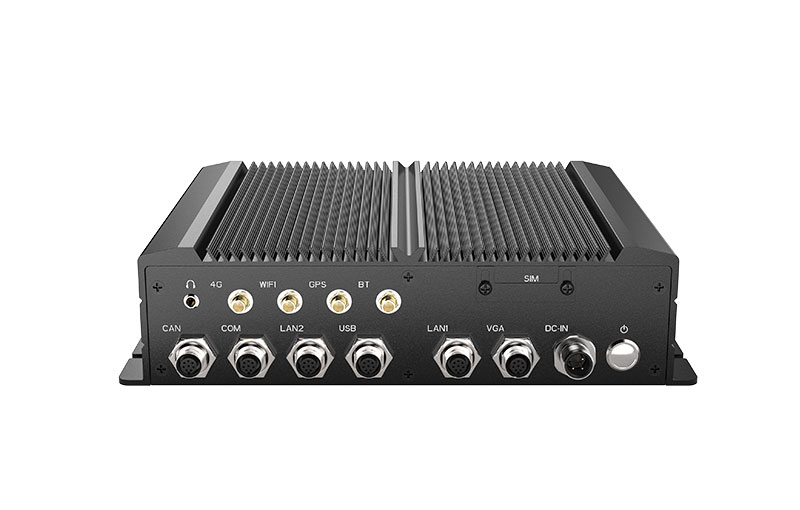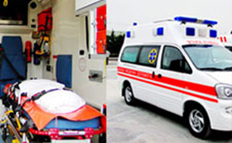Fleet Management Solution

Transportation is essential to the global economy, and long-haul trucks play a critical role in the modern supply chain. Currently, freight logistics face many challenges, including rising fuel prices and emission pollution. Heavy-duty trucks are large and carry heavy loads, which means they produce more carbon dioxide emissions or a larger carbon footprint. In the United States, medium- and heavy-duty trucks make up only 5% of all vehicles on the road but account for 20% of carbon emissions. Hence, vehicle telematics technology is applied to fleet management to help make better decisions, improve operational and logistics planning efficiency, and achieve fleet management sustainability.
Fleet Management Solutions Based on Vehicle Telematics
How does vehicle telematics play a role in fleet management, leveraging the collaboration of modern technologies such as wireless networks Wi-Fi, 4G/5G, the Internet of Things, edge computing, and smart sensors?
First, it collects data through sensors such as GPS, accelerometers, engine sensors, and fuel consumption sensors to monitor vehicle location, speed, fuel consumption, engine status, and operating conditions. Then, the data is transmitted through the CAN Bus channel to the in-vehicle pc in the car and shared with a remote control center or the cloud servers through the wireless network. The processed data can generate reports and analyses, such as driver behavior assessment, route planning, fuel consumption analysis, and vehicle health diagnosis, providing real-time information to help drivers, fleet managers, and fleet operators make informed and prompt decisions.
Therefore, in the present day, regardless of long-haul trucks, heavy-duty fleets, buses, trucks, and other commercial or special vehicles, these fleets can benefit from powerful networking capabilities and real-time data analysis through multifunctional and rugged in-vehicle computers. This not only enhances the driver experience and safety, but also achieves the overall optimized management of the company fleet.
Requirements
- Highly Flexible, Suitable for Installation in Limited Spaces
An in-vehicle computer is typically installed in limited spaces, so careful consideration should be given to the computer’s size and mounting method. Users can choose a vehicle mount computer with an interactive touchscreen or a box computer, with the latter focusing on data processing, connectivity, control functions, and output to an external display.
- Supports Wide Input Voltage and IGN to Prevent System and Data Damage
Different voltage sources are provided in cars, trucks, and buses, and the possible surge high voltages during startup should be considered. This necessitates the in-vehicle computer to support wide input voltage, overvoltage, and overcurrent protection. In addition, an IGN function is also required to ensure that the in-vehicle computer only boots up when the voltage is stable or delays shutdown to prevent damage caused by sudden power loss.
- Supports Wireless Real-time Connectivity and Positioning
An in-vehicle computer requires diverse wireless connectivity options, including Wi-Fi, GNSS, 4G/5G, and Bluetooth, to enable real-time communication, network connectivity, positioning, and data transmission.
- Abundant I/O Interfaces to Connect to Various Sensors and Peripherals
An in-vehicle computer must support a variety of I/O interfaces, such as USB, LAN, COM, and GPIO, to seamlessly connect to various external devices. Moreover, it must have a CAN Bus interface to connect to the vehicle’s various control modules to obtain essential vehicle information for monitoring.
- Robustness in Extreme Environments
Whether it is the cold winter or the hot summer, commercial vehicles must consistently perform transportation tasks. This requires the computer not only to be durable but also to possess excellent shock resistance to ensure stable operation under the vibrations of various road conditions.
Solutions
- All-in-one and Box PC Solutions
 Darveen provides two in-vehicle computer solutions to meet different usage scenarios. One is the all-in-one vehicle mount computer, which offers a human-machine interface with a touchscreen display from 7 to 12.1 inches. These models belong to the VT, MVT, and FMT series. The other solution is the in-vehicle box computer, which is designed for data collection and control. These models are part of the VC and MVC series. The in-vehicle box computers can be connected to an external display or controlled remotely via a smartphone.
Darveen provides two in-vehicle computer solutions to meet different usage scenarios. One is the all-in-one vehicle mount computer, which offers a human-machine interface with a touchscreen display from 7 to 12.1 inches. These models belong to the VT, MVT, and FMT series. The other solution is the in-vehicle box computer, which is designed for data collection and control. These models are part of the VC and MVC series. The in-vehicle box computers can be connected to an external display or controlled remotely via a smartphone.
- 4G/5G Wireless Communication for Real-time Fleet Communication
Efficient transportation information and fleet management rely on reliable 4G/5G mobile connectivity. Through 4G/5G SIM cards and WLAN wireless communication, Darveen’s in-vehicle computer solutions can help control centers quickly retrieve key data.
- GPS for Enhanced Navigation and Tracking
Real-time location information is the foundation of fleet and individual truck management. Darveen’s in-vehicle computer supports GPS, GLONASS, Galileo, and Beidou positioning functions, enabling to track every vehicle at any time.
- Wide Input Voltage and Power Ignition
Both Darveen’s all-in-one vehicle mount computer and in-vehicle box computer offer a standard 8-36V wide input voltage and power management with power ignition delay switch to protect the computer and its data when the vehicle starts or suddenly stalls. The VT series also provides an optional 18-72V DC power adapter to meet the wide voltage input requirements of different vehicles.
- Industrial-grade I/O Interfaces
Darveen’s in-vehicle computer is equipped with all the interfaces needed to connect to on-board peripheral devices, including USB, COM, GPIO, and CAN Bus. It also provides higher protection class M12 connectors to ensure waterproofing, shock resistance, dust resistance, and durability.
- Robust and Durable for Harsh Environments
Darveen’s vehicle mount computer and in-vehicle box computer both support the U.S. military standard MIL-STD-810G shock and vibration test standards and can operate in a wide working temperature range, demonstrating their excellent durability in extreme conditions.

Recommended Products
|
|
VT Windows Series Vehicle Mount Terminal
● 7” to 12.1” LCD with resistive or capacitive touch |
|
|
VT Android Series Vehicle Mount Terminal
● 7” to 12.1” LCD with resistive or capacitive touch |
|
|
VC Series Vehicle Box Computer
● Intel Celeron processor |
|
|
MVC Series Vehicle Box Computer w/M12 Connectors
● Intel Celeron/Core-i Processor |

